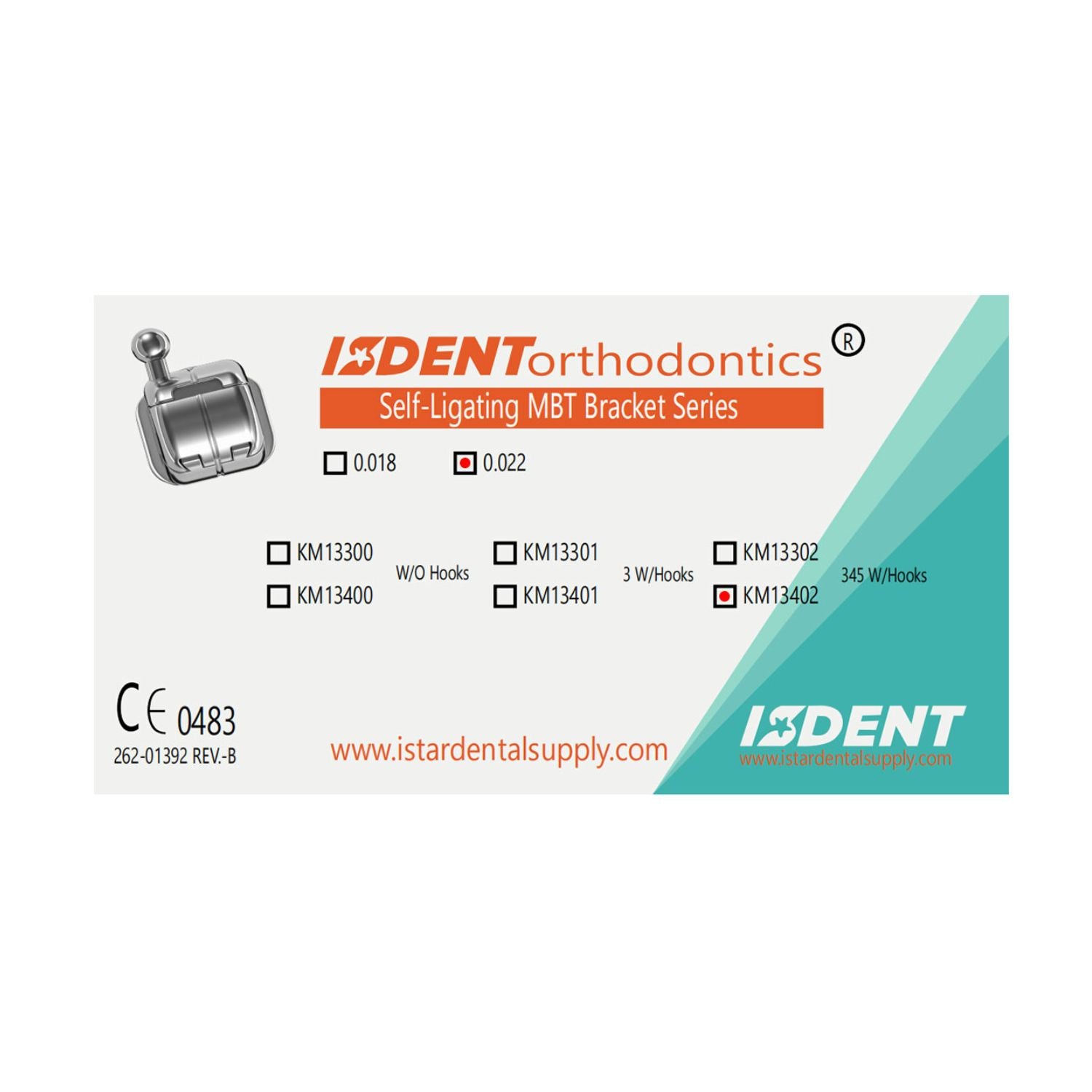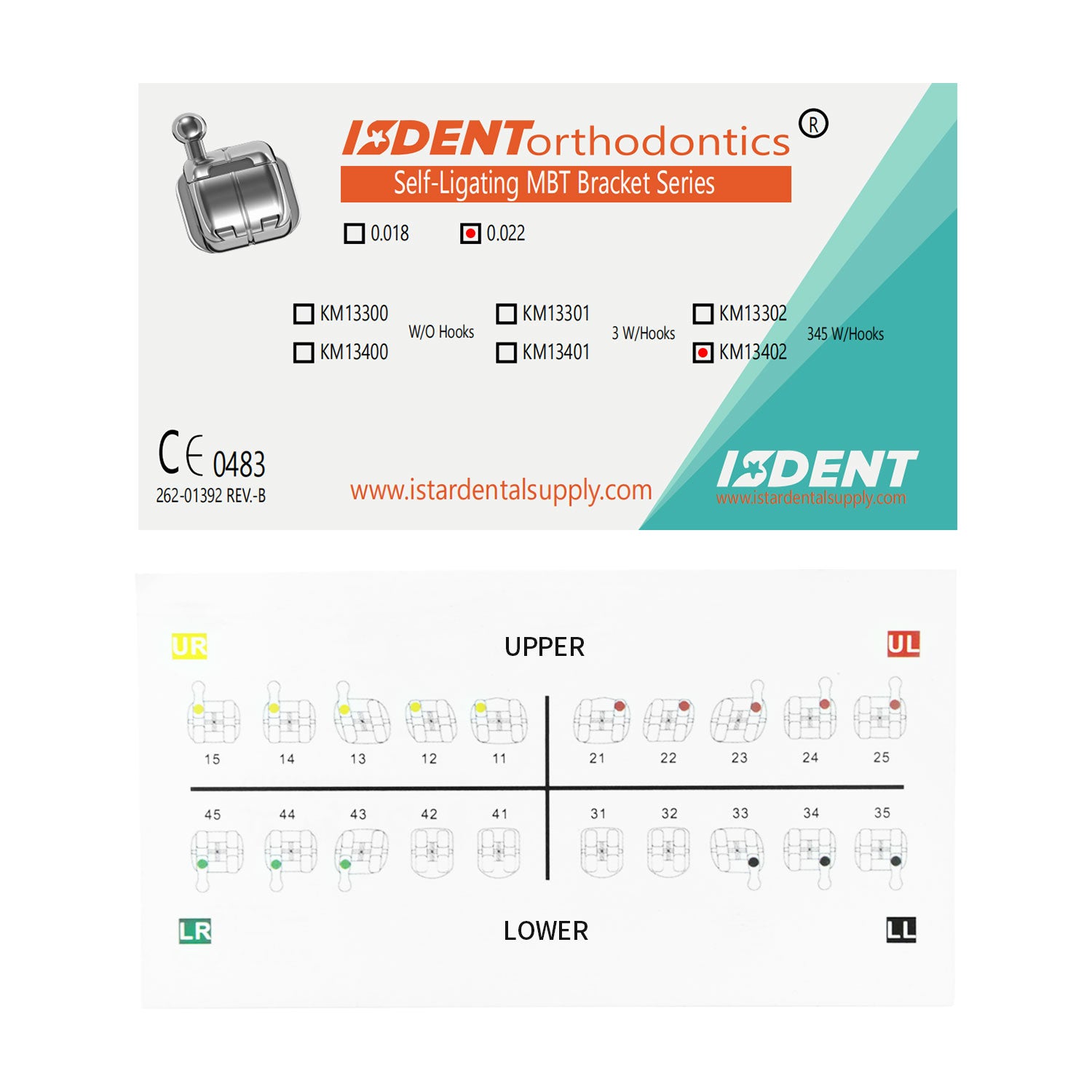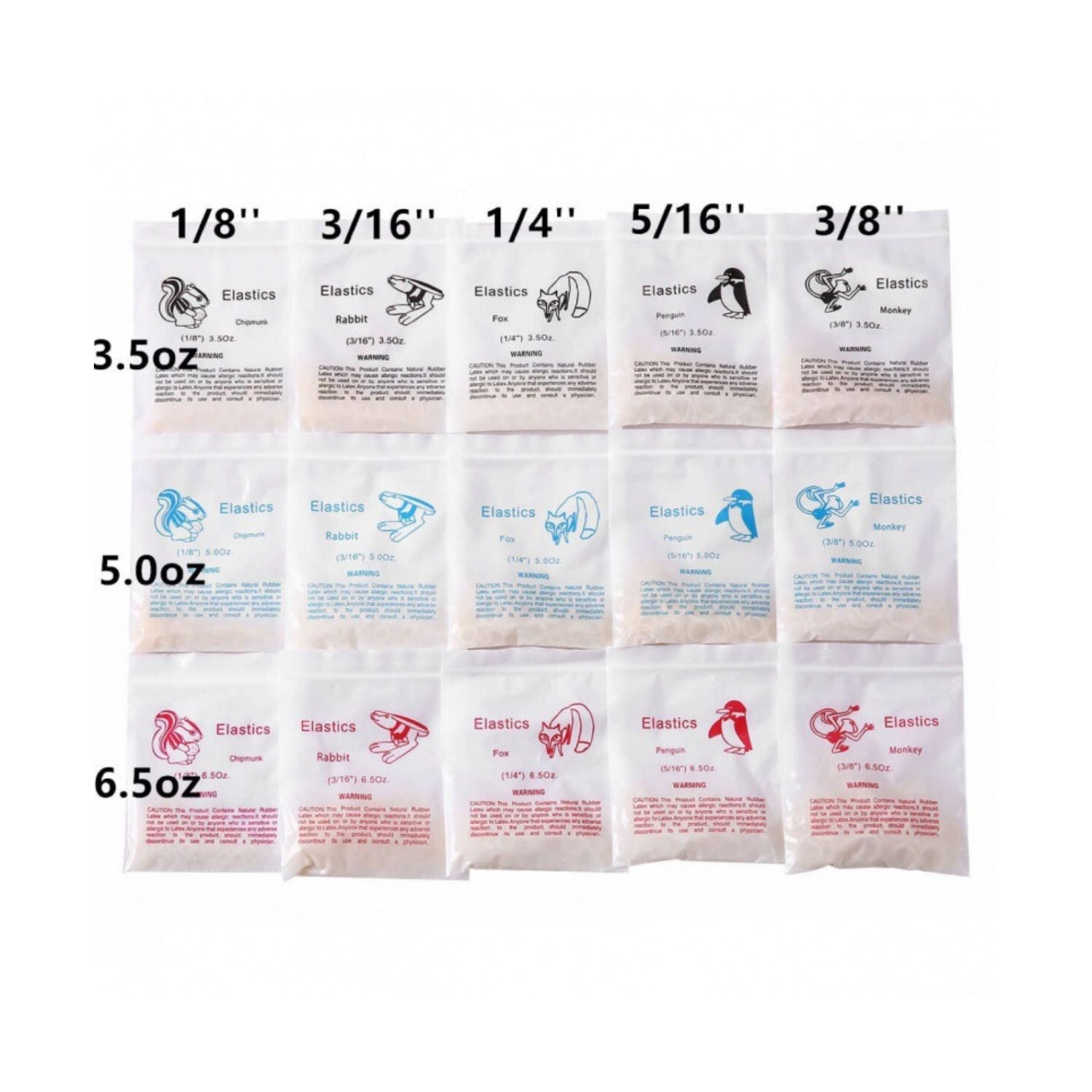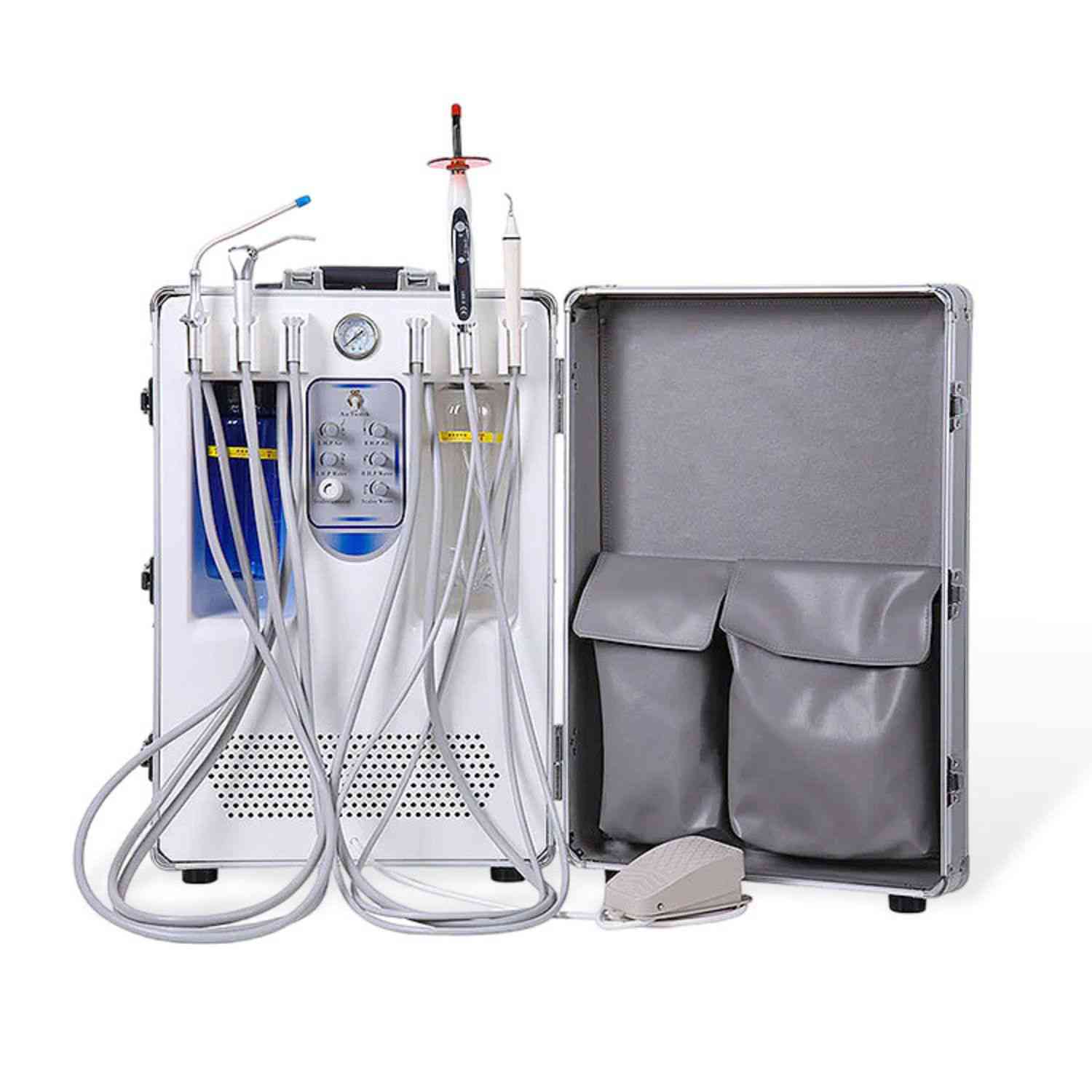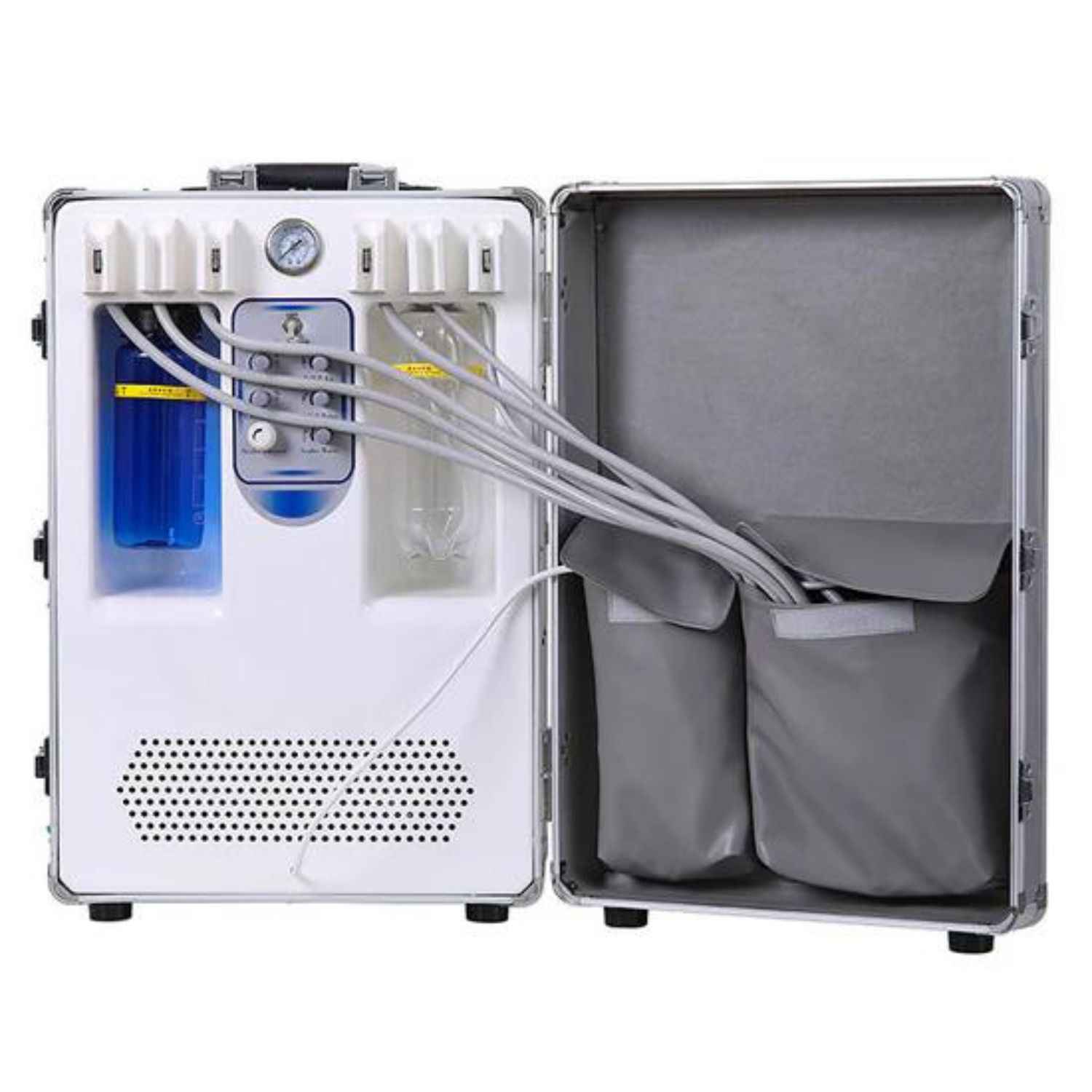How an Orthodontist Can Widen Your Smile and Fix a Narrow Arch
This article will talk about what a narrow smile is and why that buccal corridor matters so much. We will look at how orthodontic treatment, like a brace or Invisalign, can help widen a smile. If you have ever felt your smile was too narrow or wished it was fuller and brighter, this article is for you. It will explain the simple ways a dentist can give you the broad, beautiful smile you’ve always wanted.
What Exactly Is a "Narrow Smile"?
Have you ever looked at a picture of yourself smiling and felt like something was off? Maybe you noticed that you can only see your front four or six teeth clearly. The corners of your smile might seem dark or empty. This is what we call a narrow smile. It’s a very common concern. When you have a narrow smile, it can make your front teeth look too prominent because they are the only ones you really see.
The reason for a narrow smile often comes down to the shape of your upper dental arch. Think of your teeth as being arranged in an arc or a curve. In some people, this arch is a wide, full "U" shape. This allows many teeth to be seen when they smile. In people with a narrow smile, the arch is more of a "V" shape. This narrower shape means that the back teeth are tucked inside and are not as visible. Your smile depends a lot on the shape of this arch. It’s not about having fewer teeth; it’s about how they are arranged in your jaw.
Why Is My Buccal Corridor So Noticeable?
Now, let's talk about that fancy term: the buccal corridor. It sounds complicated, but it's very simple. "Buccal" is just a dental word for your cheek. The buccal corridor is the dark space that you see between your back teeth and the inside of your cheeks when you give a big smile. Everyone has a buccal corridor. But when you have a narrow smile, that space can look very large and dark. We sometimes call this having excessive buccal corridors.
The size of your buccal corridor plays a huge role in smile aesthetics. Studies from the department of orthodontics have shown that people often find smiles with a smaller buccal corridor to be more attractive. A smaller buccal corridor makes a smile look fuller, broader, and more vibrant. When we talk about the width and buccal aspects of a smile, we are talking about this relationship between the teeth and the cheeks. Reducing the buccal corridor width is a key goal when we want to create a wider smile.
Can a Dentist Really Widen My Smile?
Yes, absolutely! This is one of the most rewarding parts of modern dentistry. If you feel you have a narrow smile, a good dentist or an orthodontist can help. An orthodontist is a dentist who has special training in fixing issues with the teeth and jaw, like crookedness or a bad bite. They are the experts who can create a treatment plan to widen your smile. This is a common and very successful part of orthodontics.
The first step is a visit to your dentist or orthodontist. They will look at your teeth, your bite, and the shape of your maxillary arch (that’s your upper jaw). They might take x-rays or digital scans. This helps them understand the size and shape of your jaw and why your smile is narrow. From there, they can talk to you about the best treatment options to help you fix a narrow smile. It’s not a one-size-fits-all solution; the best treatment to widen your smile will be tailored just for you.
How Does Orthodontic Treatment Widen a Dental Arch?
So, how does it all work? The main goal of orthodontic treatment for a narrow smile is to expand or widen the dental arch. We want to change that "V" shape into a wider "U" shape. By making the arch wider, we create more space. This allows us to move the posterior teeth (the ones in the back, like the premolar and molar teeth) outward. When these back teeth are in a wider position, they fill in the corners of the mouth when you smile.
This process does two wonderful things. First, it reduces the size of the buccal corridor, making your smile look full and complete. Second, if you have crooked teeth or crowding, widening the arch makes more room to straighten the teeth. This is why orthodontics is not just about making teeth straight; it’s about creating a beautiful, healthy, and functional smile. The treatment uses gentle, steady pressure to move your teeth and, in some cases, widen the jaw itself.
Are Braces the Only Way to Widen My Smile?
For many years, traditional braces were the main tool for this job. And they still work incredibly well. A brace system uses a bracket glued to each tooth and a wire that connects them. The orthodontist adjusts this wire to put gentle pressure on the teeth, encouraging them to move into a wider arc. Fixed braces, as we call them, are a very powerful tool in orthodontics for making big changes to the arch shape.
But today, you have more options. For some people, cosmetic solutions like a veneer can help a little. A veneer is a thin shell placed over a tooth. By changing the shape of the premolar teeth with a veneer, a cosmetic dentist can give the illusion of a wider smile. However, a veneer does not actually move the teeth or change the arch. It’s more of a camouflage. For a true change and to fix the underlying issue of a narrow dental arch, orthodontic treatment is usually the best treatment.
How Does a Smile with Invisalign Widen a Smile?
Many people ask me, "Can I use Invisalign to fix my narrow smile?" The answer is often yes! Invisalign has become a very popular choice. Instead of a brace, Invisalign uses a series of custom-made, clear plastic aligners. You wear each aligner for a week or two, and then you switch to the next one in the series. Each new aligner is shaped slightly differently to gradually move your teeth.
When it comes to widening, the Invisalign aligners are designed to push the teeth outward. Your orthodontist plans the whole process on a computer. They design the aligners to apply pressure on specific teeth, especially the posterior teeth, to expand the arch. This process can effectively widen the smile and reduce the buccal corridor. A smile with Invisalign can be a great option for people who want a more discreet way to achieve a wider smile without fixed orthodontic appliances.
What Are Palatal Expanders and Do I Need One?
Sometimes, the issue isn't just the position of the teeth; it's the bone of the upper jaw, or maxillary bone, that is too narrow. This is especially true for children and teenagers whose jaws are still growing. In these cases, your orthodontist might recommend a device called a palatal expander. This is a small, custom-fit device that sits on the roof of your mouth, also known as the palate. It is attached to the upper back teeth.
The expander works by gently pushing the two halves of the maxillary bone apart. This sounds scary, but it's a very common and safe procedure called rapid maxillary expansion. Over a few weeks, the expander widens the palate and the entire upper dental arch. For adults, whose jaw bones are fused, a similar result might require a procedure called surgically assisted rapid palatal expansion. A palatal expander is one of the most effective ways to treat a skeletal class i malocclusion with a narrow transverse dimension and create a foundation for a perfect smile.
Will Widening My Smile Change My Face?
This is a great question and a common concern. Yes, widening your smile will change your face, but in a good way! It’s usually a subtle, positive change that improves your overall facial symmetry and appearance. When you widen a narrow smile, it provides better support for your cheeks and lips. This can lead to fuller-looking cheeks and a more balanced facial profile. You won't look like a different person, but you will look like the best version of yourself.
Think of it like this: your teeth and jaw bones are the framework that supports the soft tissue of your lower face. When the arch is narrow, the support is not as good. By creating a wider smile, we are improving that underlying framework. The goal of orthodontics is not just to fix teeth, but to create harmony between the teeth, jaws, and face. A smile makeover that includes widening the arch can have a wonderful effect on your smile esthetics and your confidence.
What's the Best Dental Treatment for My Narrow Smile?
So, which treatment is right for you? Every smile is different, so the answer depends on your specific situation. The best way to know for sure is to have a consultation with an orthodontist. They will assess the number of teeth visible, your buccal and posterior corridors, your bite, and whether your issue is dental (just the teeth) or skeletal (the jaw bone).
If your narrow smile is mainly due to the position of your teeth, then fixed braces or Invisalign are both excellent dental treatments. The choice between them often comes down to your lifestyle and personal preference. If your jaw itself is very narrow, especially if you are younger, a palatal expander might be the first step, followed by braces or Invisalign to straighten the teeth. For example, moving a maxillary first premolar into a better position can make a huge difference. Your orthodontist will create a treatment plan to give you the best, most stable results, sometimes without rapid maxillary expansion if the case allows.
So, What’s That Tube on My Brace Wire Anyway?
Finally, let's answer that curious question. If you have fixed orthodontic treatment, you might notice a small metal tube on the wire, usually around your back molars. This is called a buccal tube. It is welded to a metal ring, called a molar band, that is cemented around a back tooth like the second premolar and first molar. This tube acts as a strong anchor point for the end of the archwire.
Think of it as the final post in a fence line. It holds the wire securely in place, allowing the wire to apply the right forces to the anterior teeth and all the teeth in between. Sometimes, other things connect to this tube, like headgear or rubber bands, to help make specific movements. So, that little tube is a very important part of your brace system. It’s a key piece of hardware that helps your orthodontist control the forces needed to broaden your arch and give you that beautiful, wide smile.
Key Things to Remember
-
A narrow smile is when only your front teeth show when you smile, often due to a "V" shaped dental arch.
-
The buccal corridor is the dark space between your teeth and cheeks. Widening your smile reduces this space.
-
An orthodontist can widen your smile using treatments like fixed braces, Invisalign, or a palatal expander.
-
Widening the arch not only improves smile attractiveness but also creates space to fix crowded or crooked teeth.
-
The best treatment plan is unique to you and will be determined after a dental examination.
That tube on your brace wire is a buccal tube, an important anchor that helps the whole system work to move your teeth.




